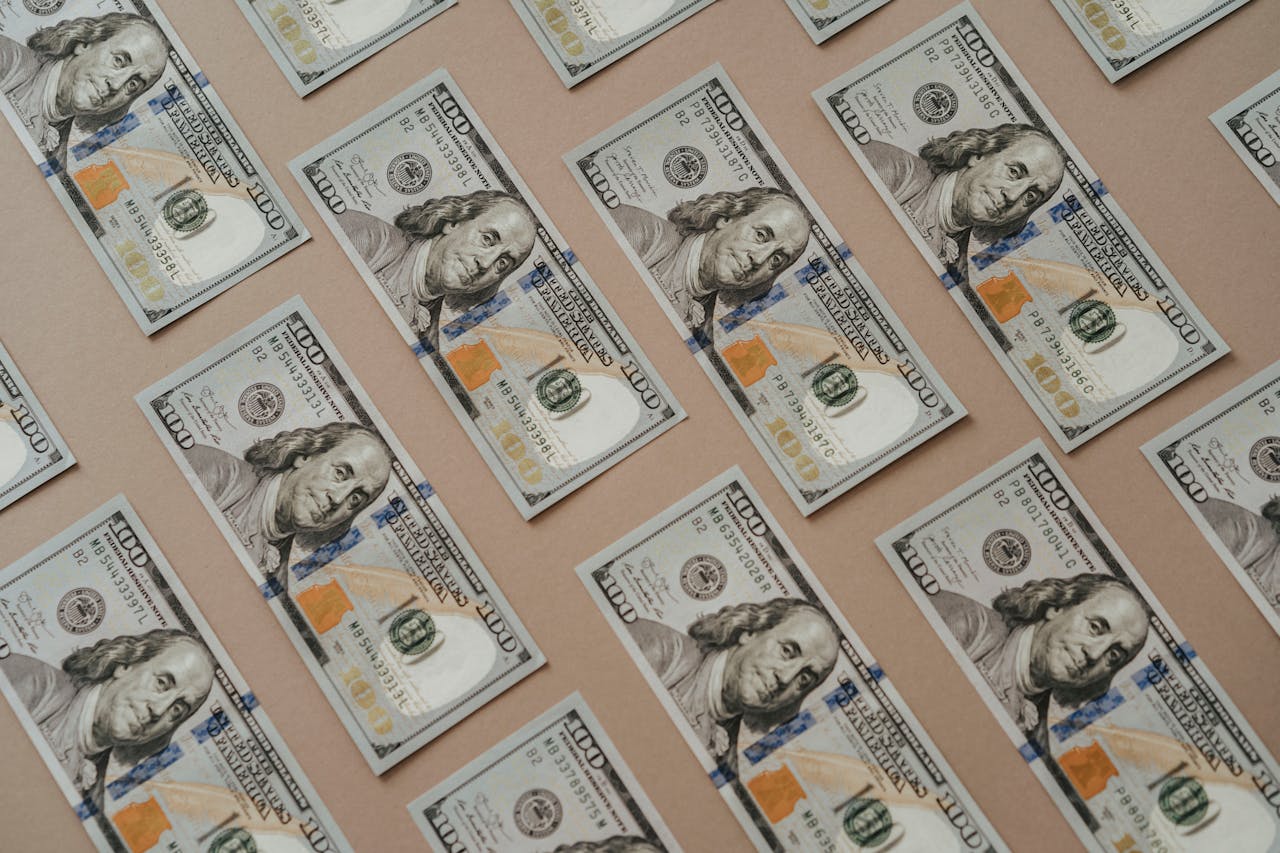
Are you desperate to save money but don’t know where to start? You’ve probably seen bold claims like, “Save $1,000 in just one month!” It sounds empowering, maybe even life-changing. But is it realistic or just a clickbait dream? Here’s what actually works, what doesn’t, and who can realistically hit that $1K goal.
Yes, It Can Work—But Not for Everyone
Saving $1,000 in 30 days is possible, but only for some people. If you have discretionary income, saving in this manner may be possible. You’ll have to be willing to make sacrifices and drastic cuts to your spending. Or you’ll have to aggressively make additional income to put into savings. But for many, especially those already living lean, this goal might be unrealistic without major lifestyle shifts.
What People Get Wrong About These Challenges
These challenges can be deflating if you can’t reach your goal. But, in reality, it is the challenge that is flawed. First, it assumes you have extra money to cut. Not everyone has subscriptions or dining habits to trim. Additionally, the challenge completely ignores that some people have inconsistent income. Gig workers, freelancers, or hourly employees may not have predictable pay to redirect. If this is your situation, this challenge probably isn’t for you. One of the biggest oversights with saving $1,000 in 30 days is that it doesn’t address the mindset piece. Budgeting is more than math; it’s behavior change. After the challenge, you’ll probably go back to old habits.
What Actually Helps You Hit $1K
If you are determined to try this savings challenge, there are several strategies you can implement. First, pause takeout, cancel subscriptions, and delay impulse purchases. You can also try to sell your clutter, like old tech, clothes, or furniture. You’d be surprised what adds up. Consider building up side income like dog walking, food delivery, babysitting, or freelancing. These short bursts of extra work will make a big difference. Additionally, you can start using cash-back apps or refund audits. While these are not instant, some of these savings can show up in your bank account within the month.
Who Does This Strategy Help
People in two-income households looking to tighten up their budget and spending can benefit from this saving challenge. Those motivated by a short-term goal, like paying off a small debt or creating an emergency fund, are also perfect for this. Anyone who needs a financial reset is a good candidate for saving $1,000 in 30 days.
Bottom Line: It’s a Tool, Not a Magic Fix
Saving $1,000 in 30 days is doable, but it’s not a one-size-fits-all solution. If you hit the goal, great. But even saving $100 or $300 is a win. The real power is building better habits that last longer than 30 days. So, go ahead and challenge yourself. But don’t be discouraged if it isn’t right for you. Starting to save takes real work and dedication. Don’t give up on creating a better financial future that goes beyond savings challenges.
Read More
10 Things You Should Never Buy New—We Did the Math
8 Little-Known Ways Landlords Are Still Getting Around Rent Caps

Teri Monroe started her career in communications working for local government and nonprofits. Today, she is a freelance finance and lifestyle writer and small business owner. In her spare time, she loves golfing with her husband, taking her dog Milo on long walks, and playing pickleball with friends.

Leave a Reply